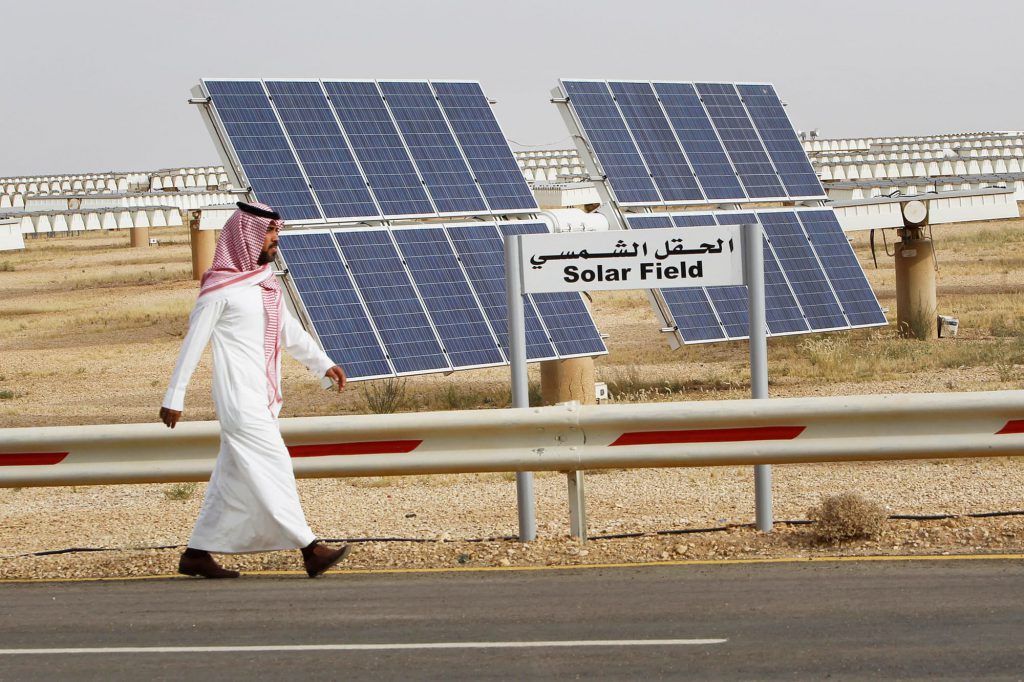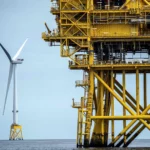In recent years, Saudi Arabia has embarked on an ambitious path to address the challenges posed by climate change and foster a sustainable future. Recognizing the need to transition away from fossil fuels, the kingdom has made significant investments in renewable energy, particularly in solar and wind power.
With its vast land area and abundant sunlight, Saudi Arabia holds immense potential for solar power generation. The kingdom’s government, in line with its Vision 2030 plan, has set an ambitious goal of generating 42.7 gigawatts (GW) of energy through solar projects. Notably, the Sakaka, Layla al-Aflaj, and Waad al-Shamal power plants have already been connected to the national grid, providing a combined capacity of 360 megawatts (MW). Additionally, plans for seven more solar power plants across various regions are underway, further demonstrating the country’s commitment to expanding renewable energy infrastructure.
Saudi Arabia’s investment in wind energy has also been significant. With a goal of generating 16 GW of energy from wind projects, the kingdom has funded a $500 million wind project in Daumat al-Jandal, which serves as a testament to its commitment. Other wind plants, such as those in Turaif and Huraymila, have been installed, contributing to the country’s growing wind energy capacity. By capitalizing on its wind potential, Saudi Arabia aspires to become one of the largest wind energy markets in the coming decades.
To address water scarcity and leverage its desalination plants, Saudi Arabia aims to use hydropower as an additional renewable energy source. The Ras al Khair plant, alongside other existing and planned desalination facilities, has the potential to produce hydropower. Although challenges exist due to the country’s arid landscape and limited water bodies, the exploration of hydropower as a viable alternative aligns with the kingdom’s broader renewable energy objectives.
The outcomes of Saudi Arabia’s investment in renewable energy extend beyond environmental benefits. The kingdom’s transition to clean energy has the potential to create approximately 80,000 job opportunities for Saudi citizens by 2030, contributing to the country’s economic growth and diversification. Moreover, by reducing its reliance on oil and gas, Saudi Arabia can safeguard its reserves for future generations and mitigate the economic impact of fluctuating oil prices.
While Saudi Arabia has made remarkable strides in renewable energy, there are challenges that require attention. Enhancing coordination and data sharing among various institutions is crucial to ensure effective policy execution and accurate progress assessment. Collaboration with neighboring countries in the Middle East is also essential for collective climate action, although geopolitical and domestic issues may pose obstacles in this regard.
Nonetheless, Saudi Arabia’s commitment to renewable energy is commendable, and the kingdom’s investments in solar, wind, and potential hydropower projects serve as a beacon of hope for a sustainable future. By harnessing its abundant natural resources and leveraging technological advancements, Saudi Arabia is paving the way for a cleaner, greener, and more prosperous tomorrow.








